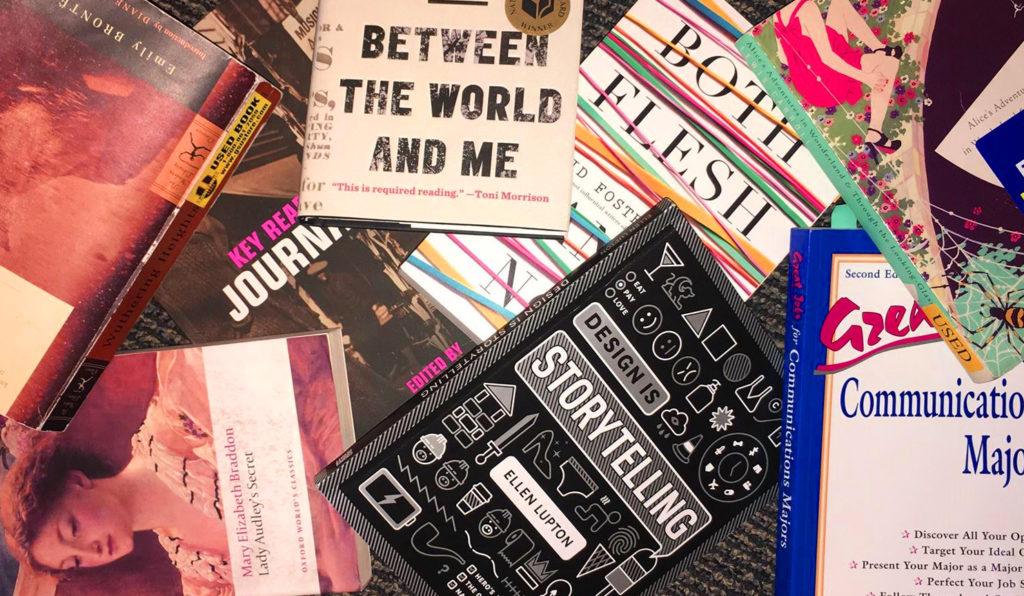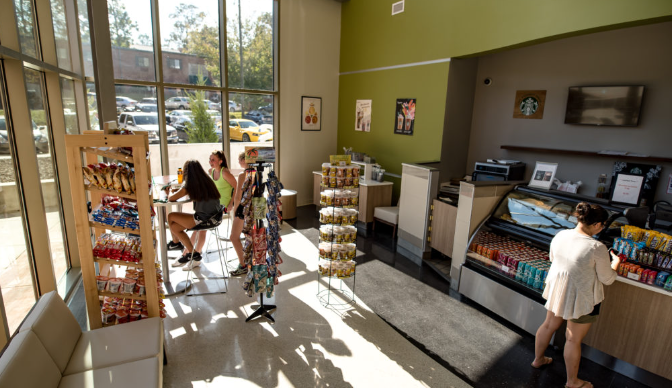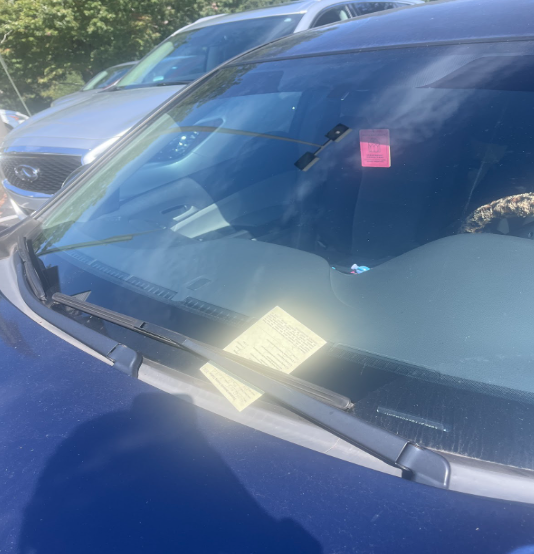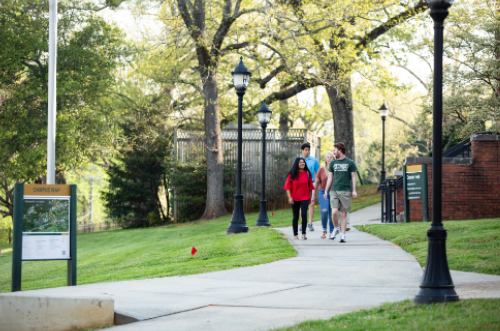
Over the course of the last several semesters, Piedmont students have noticed a steady increase in tuition and fees associated with attending. Soon, students could see another increase, this time through a proposed addition of $300 per semester, used for the purchase of student textbooks.
In collaboration with Barnes and Noble, a textbook search committee has presented a plan to Piedmont faculty to keep students from having to purchase textbooks on their own. The agreement would mean that Barnes & Noble would provide all required textbooks to students who are not in health science and nursing majors, although there may be a separate negotiation at a later date to include these students. This $300 fee, which is predicated on a four-year projection, would be a flat rate at the beginning of every semester, regardless of what students are accustomed to paying for their textbooks when left to their own devices.
The faculty who were not initially involved in communications with Barnes & Noble were informed of the proposal at a staff meeting last Wednesday. The $300 fee is a rough estimate of how much students will be charged, and it is yet to be determined how this fee would be folded into students’ financial burden. It would not include the books required for summer terms.
“The way it is set up now, the textbook cost would be the same every year,” said Rev. Tim Garvin-Leighton, a member of the Textbook Task Force and advocate for the textbook tuition. “It isn’t guaranteed, but it would not likely change.”
This model would ensure that textbooks would be ready for students from the first day of the semester which ensures students’ success in classes from the beginning. This would also remove restraints from faculty members when picking textbooks, as professors would no longer need to take cost into consideration and can pick from any publishing house.
“The purpose of the task force was to research options and make a recommendation about providing students a more affordable option for purchasing textbooks,” said Garvin-Leighton. “It was important the task force looked at a number of different models. This format that will likely be recommended to the Faculty Senate will include any format in which the book exists which complies with the ADA.”
Unlike the current model of textbook purchase, students would not have the option to purchase their books outright at the beginning of the semester.
“This is a rental model, so students will not own the book,” said Garvin-Leighton. “But if students would like to own the books, they may choose to purchase the books they want at the end of the semester for an additional fee.” This extra buy-out fee would be identical to the fee applied to students in the current model.
Marion Mealor, a junior mass communications and theatre arts double major, was selected to be the student representative of the Textbook Task Force. She was initially excited about the prospect of alleviating costs to students in a way that would give every student an equal opportunity to succeed in class, as she often went without textbooks for financial reasons, but she grew wary once the textbook tuition idea was brought up.
“When the ‘first-day program’ was presented, I immediately voiced my concern on behalf of students,” she said. “I am an avid online shopper, and I know students can normally buy books for much cheaper than the price that was presented for renting.”
Mealor went on to explain some of these cheaper options that will no longer be available to students in the way they currently are.
“Tacking this fee onto tuition eliminates the options of sharing, borrowing or buying used books without even the benefit of getting to keep it at the end of the semester,” she said. “As an arts major, I also recognize many classes do not use textbooks. Instead, we are required to by supplies such as paintbrushes, tools, makeup, etc. In the end, I remained opposed to the idea and suggested we hear the opinions of other students. After talking with others and reading reactions on the app, I know I’m not alone in my opinion. I simply cannot see how the program benefits the majority of Piedmont students, which should be the goal of this process.”
The school is currently exploring ways to provide art students with supplies through the textbook tuition model but it has not been worked out at this time – the addition of art supplies could change the cost profile for all students.
Piedmont currently receives a cut of all textbook sales and rentals that go through Barnes and Noble, and will likely continue to receive a cut of textbook revenue coming out of the bookstore.
“The school is not invested in promoting the bookstore,” said Garvin-Leighton. “The school is invested in protecting the students.”
With the generally negative response that Piedmont has received from students since the plan went public, Mealor hopes that the school will consider the feedback before finalizing the decision.
“My hope is that many students go to the forum, express their concerns and get the information for themselves firsthand,” said Mealor. “Only time will tell, but I hope Piedmont College would respect the opinions of their students and not move forward if the majority disagreed.”
It’s unclear what the next step is for the textbook tuition plan, but at the moment, it’s still up in the air whether or not it will be implemented.
“Nothing has been decided about adopting any textbook model,” Garvin-Leighton explained. “All that is on the table right now is the desire from the school to explore options in reducing the cost of textbooks for Piedmont Students.”








